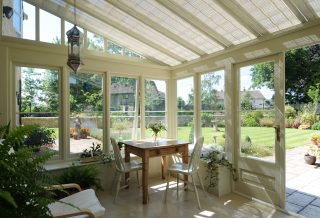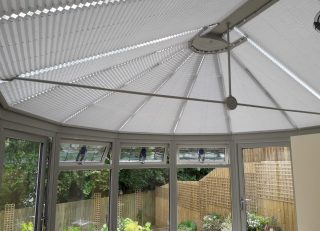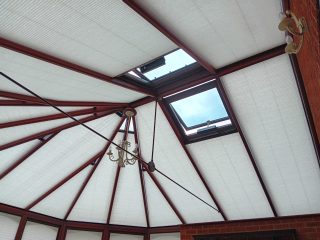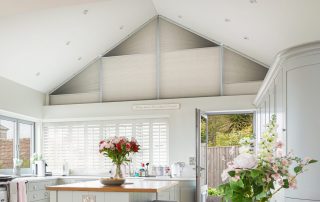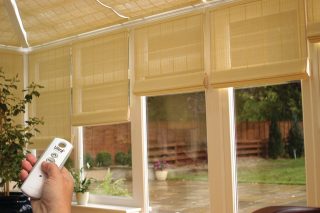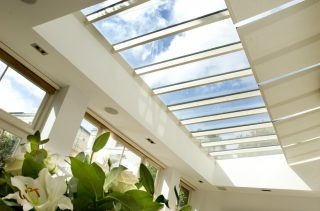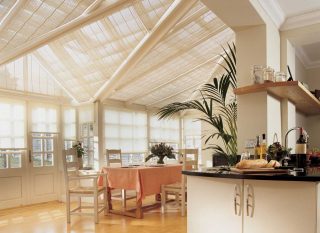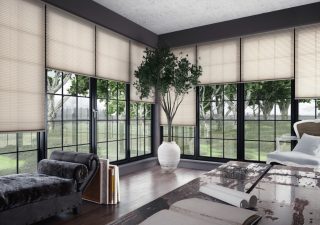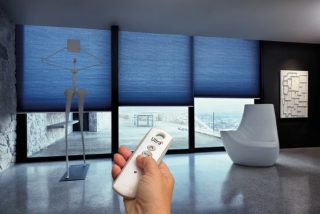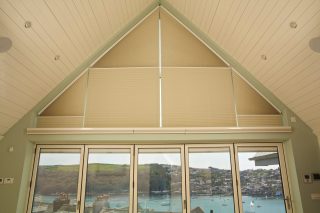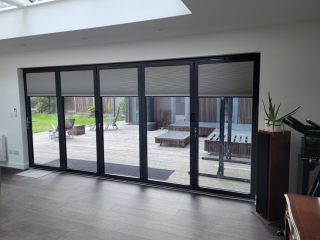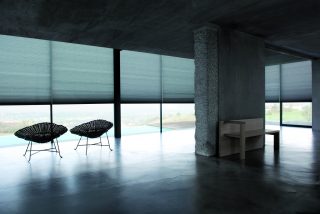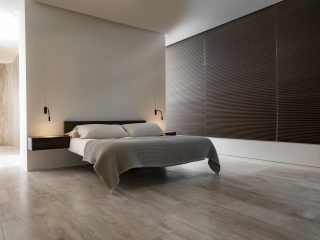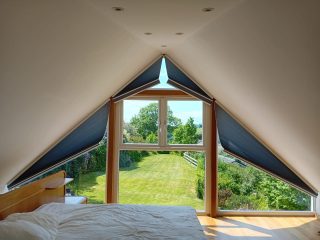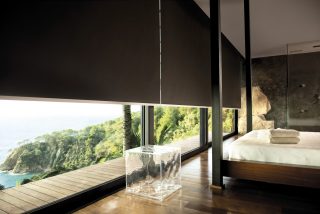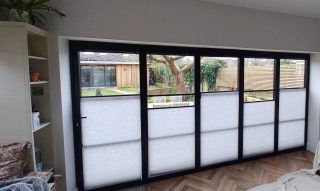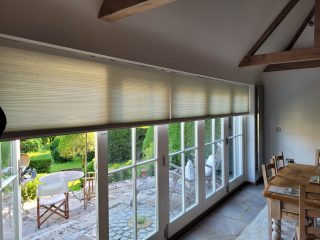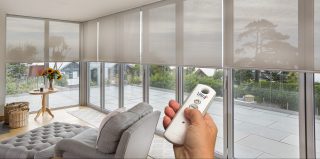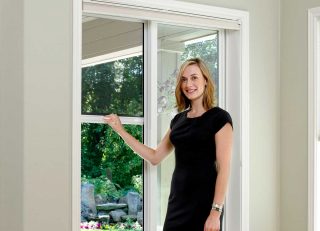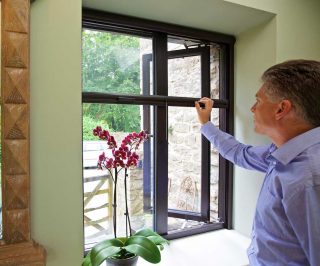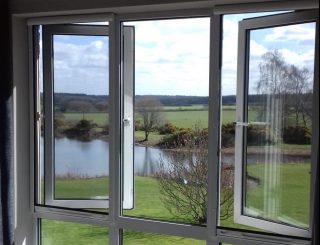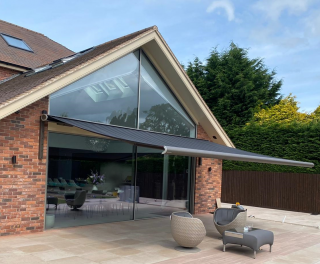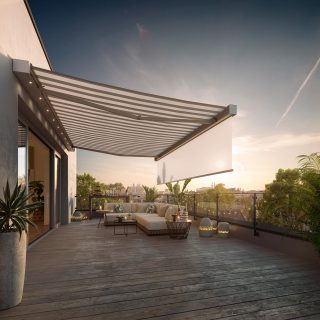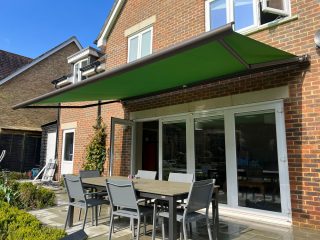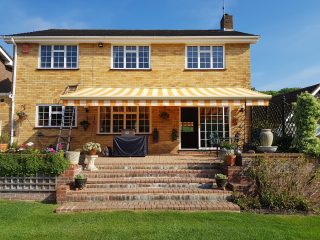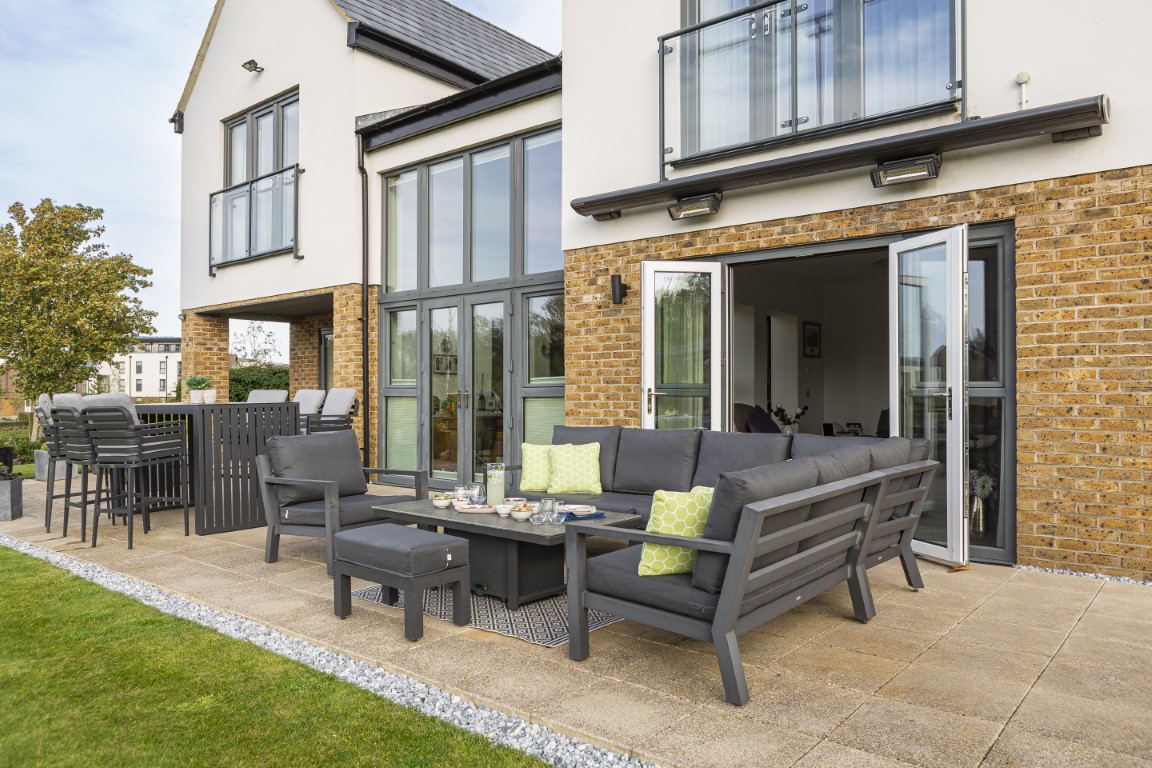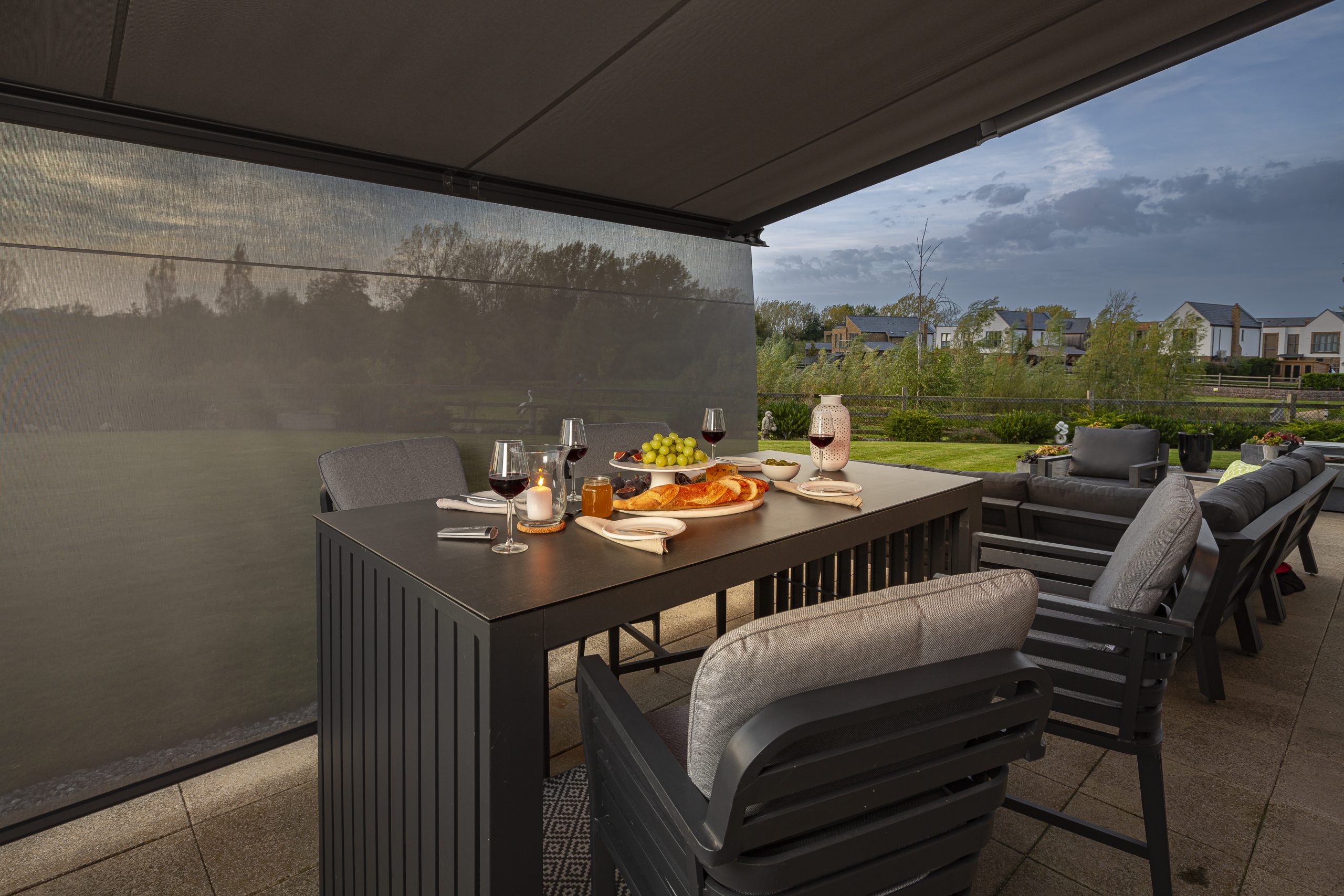Conservatory Top Tips
Get in Touch!
If you’re feeling inspired to improve your home with our range of blinds, shutters, screens and much more, you can get in touch with our expert design consultants. We’ll be happy to answer any questions you might have.
Contact UsShare this page
A conservatory can be a stylish and valuable addition to your home; if it is done correctly it will add space, light and style. Appeal Home Shading’s Design Consultant, Ruth Newman, gives some top tips on things you should consider before going ahead with the design and build to make sure that your investment is exactly what you have always dreamed of.
Without doubt, a conservatory adds value to your home, but the biggest advantage is the creation of flexible space that can be used for dining, relaxing, sharing time with the family and somewhere to soak up the sunshine and sounds of nature all from within the comfort of your own home.
Before you go ahead with choosing the provider of your conservatory, consider exactly what you will use the space for; a living area, a retreat, somewhere to grow and display plants? Depending on how and why you use this space will dictate the size and position; how much light will it get, where should the doors be positioned, how will it be accessed from the house?
Once these decisions have been made, the important issue to research is planning permission. We recently posted an article looking at the government’s relaxation of current rules in England allowing people to build larger extensions on houses as ministers seek to boost the economy and end the on-going recession. If the plans go ahead, full planning permission – required for extensions of more than three or four metres from the rear wall of any home – would only be needed for those reaching beyond 8m for detached homes and 6m for others. Rules that restrict an extension to no more than 50% of a property’s garden will remain.
However there are other planning considerations; is the conservatory to be built next to a road, do you live in a listed building or within the boundaries of a National Park, will the roof height exceed that of the main property? Even if you believe none of these situations apply to you, visit the government’s planning portal for the full list and bear in mind that that outside England you need to check with your local authority. Also the glazing and electrics do need to comply with building regulations and if you need a new opening between the house and your conservatory this would also need building regulations approval.
The location of your conservatory is paramount. Most conservatories are situated at the rear end of a building, but if you have enough space why not consider an extension that curves around the side of the house? What about your garden? Will you be able to admire it from the conservatory? Where should the focal view be? A south-facing garden means you will need to budget for some form of blinds or extra air-ventilation to cope with the intense heat and sunshine; while an east-facing one might make for the ideal breakfast room.
The style should complement the size and shape of both your house and garden. The traditional Victorian conservatory (often accompanied with bay windows) offers an elegant and classical look, although the circular floor plan will make furnishing more difficult compared to the rectangular Edwardian style. For these conservatories lantern-roofs are great additions for grander, older homes and suggest a more open, spacious feel. On the other hand, an L-shaped extension is suitable if you want your conservatory to embrace the main building rather than stick out.
Once you have made these decisions and chosen the builder to make all of your plans a reality, it’s time to get down to the fun bit; decorating your conservatory so that it finally feels like an extra part of the home rather than a mere attachment.
It is useful to have considered electrical outputs for lights or for the possibility of installing remote control blinds but make sure you check safety regulations first. The style of flooring, the room’s colour-palette and other extras such as indoor plants, hanging baskets or stained glass will all have an impact on the final atmosphere and should be considered when choosing your blinds.
Whatever the mood of your conservatory interior, Appeal’s individually handcrafted blinds will instantly transform and enhance the style of your room, whilst their advanced, functional design helps to control light, shade, temperature and, of course, your desired level of privacy. (You’ll also find the perfect solutions for bi-fold doors, large glazed areas or awkwardly shaped windows). There is a wide selection of colours, styles and fabrics available within the most comprehensive product range including Original French Pinoleum, Solar R® Roller, Pleated and Alu-Pleat® blinds.
If all of this decoration seems a little overwhelming then Appeal Home Shading also offers a free design consultation which will give you a chance to get all the expert and professional advice you need. Appeal’s Design Consultants are available to visit at a time convenient to you, including evenings and weekends. You can phone us on 0800 975 5757 or fill in your details on our website to arrange a design consultation and receive information about our latest special offers such as free fitting on all conservatory & window blinds and VAT FREE window shutters.
